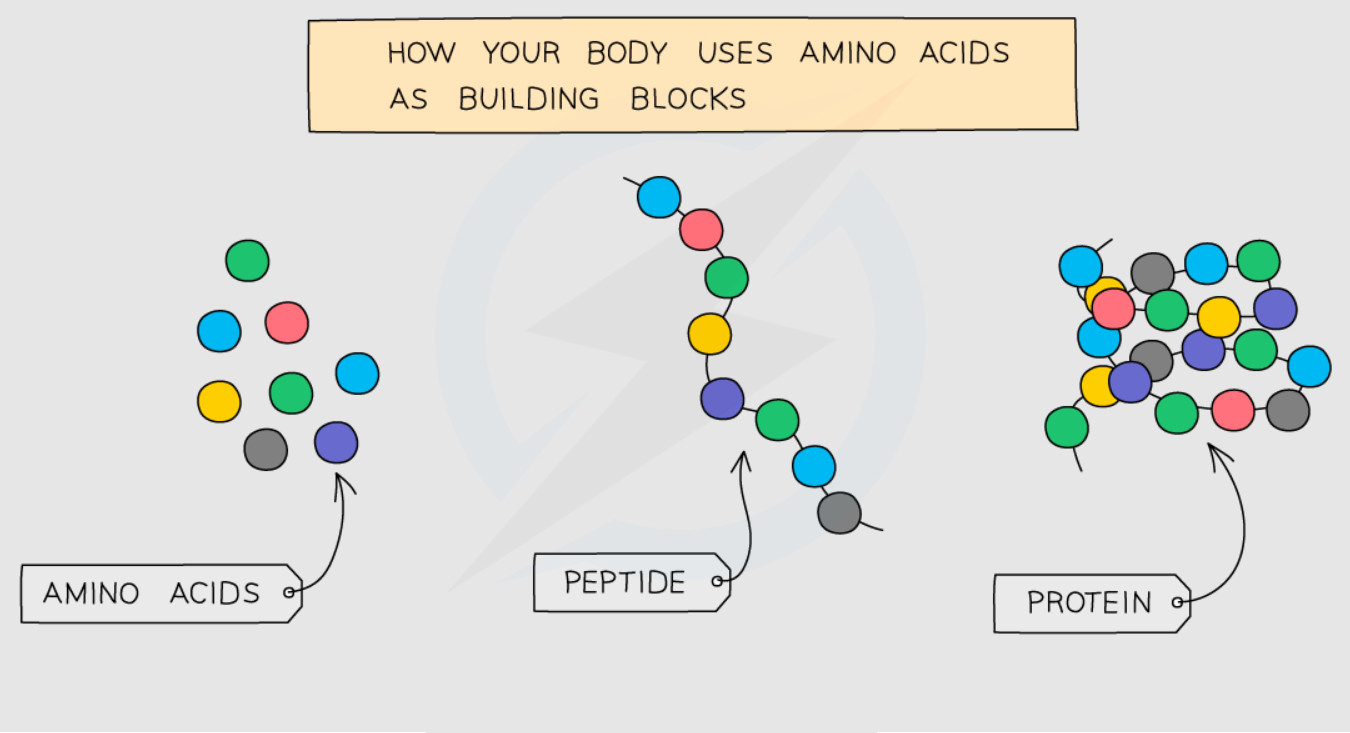Table of Contents
Revision Test Paper #
Instructions:
- This test has two sections: Section A (Multiple Choice) and Section B (Written Response)
- Section A has 15 questions worth 15 marks total
- Section B has 10 questions worth 35 marks total
- Total marks: 50
- Answer all questions
- Write your answers clearly
- Show all working for calculation questions
SECTION A: MULTIPLE CHOICE QUESTIONS [15 marks] #
Choose the best answer for each question. Circle the letter of your answer.
1. Which of the following is the main function of carbohydrates in the body?
2. A person who does not eat enough vitamin C may develop a disease called:
3. Which nutrient is needed to make haemoglobin in red blood cells?
4. Lipids (fats and oils) are stored in the body. Which of the following is NOT a function of this stored fat?
5. Which food group contains the most protein?
6. A child has soft, bent leg bones and does not grow properly. The child is most likely suffering from:
7. Which statement about fibre is correct?
8. A person feels tired all the time, gets breathless easily, and has pale skin. Which nutrient deficiency is the most likely cause?
9. Which of these foods is the best source of vitamin D?
10. Water is essential for the body. Approximately what percentage of the human body is made up of water?
11. Which nutrient provides more than twice as much energy per gram compared to carbohydrates?
12. A person with scurvy might experience:
13. Which statement about proteins is correct?
14. An athlete needs more carbohydrates than a person who works in an office. This is mainly because the athlete:
15. Which combination of foods would provide a good source of calcium?
SECTION B: WRITTEN RESPONSE QUESTIONS [35 marks] #
Answer all questions in the spaces provided. Show all your working for calculations.
1. The table below shows the seven components of a healthy diet.
Complete the table by writing one main function for each dietary component. [7]
| Dietary Component | One Main Function |
|---|---|
| Carbohydrates | _______________________________ |
| Lipids | _______________________________ |
| Proteins | _______________________________ |
| Vitamin C | _______________________________ |
| Calcium | _______________________________ |
| Fibre | _______________________________ |
| Water | _______________________________ |
Complete the table by writing one main function for each dietary component. [7]
2. Vitamin D is an important nutrient for the body.
- Give two food sources that contain vitamin D. [2]
- Apart from food, state one other way the body can get vitamin D. [1]
- Explain why vitamin D is important for the body. [1]
3. The diagram below shows a plate of food that represents a balanced meal.

- Explain what is meant by the term “balanced diet”. [2]
- Give two reasons why a teenage girl might need a different diet compared to an elderly man. [2]
4. Rickets is a disease that affects bone development in children.
- State two symptoms of rickets. [2]
- Name two nutrients that can cause rickets if they are not eaten in enough amounts. [2]
- Suggest why children who spend most of their time indoors might be at greater risk of developing rickets. [2]
5. The table below shows information about four people with different lifestyles.
| Person | Description |
|---|---|
| Person A | 16-year-old male athlete who trains every day |
| Person B | 30-year-old pregnant woman |
| Person C | 8-year-old child |
| Person D | 70-year-old person who does very little physical activity |
- Which person needs the most energy from carbohydrates? Explain your answer. [2]
- Which person needs extra iron in their diet? Explain why. [2]
- Explain why Person C needs plenty of protein and calcium in their diet. [2]
6. A sailor on a long sea voyage many years ago ate only dried meat and ship’s biscuits. After several weeks, his gums started bleeding and his teeth became loose.
- Name the deficiency disease the sailor is suffering from. [1]
- Which nutrient was missing from his diet? [1]
- Give two examples of foods the sailor should eat to prevent this disease. [2]
7. The diagram shows the structure of a protein molecule made up of amino acids.

- State what is made by amino acids that are joined together. [1]
- Give two functions of proteins in the body. [2]
- Explain why vegetarians need to eat a variety of different plant proteins. [2]
8. A person feels tired all the time and gets out of breath easily when climbing stairs. A blood test shows that they have a low number of red blood cells.
- Name the deficiency disease this person has. [1]
- Which mineral is needed to make red blood cells? [1]
- Give two foods rich in this mineral that the person should eat. [2]
9. A student is investigating the importance of fibre in the diet.
- Explain why fibre is important for keeping the digestive system healthy. [2]
- Give two examples of foods that contain a lot of fibre. [2]
10. The table shows the nutrient content of two different meals.
| Meal | Carbohydrates (g) | Lipids (g) | Proteins (g) | Vitamin C (mg) | Fibre (g) |
|---|---|---|---|---|---|
| Meal 1: Burger and chips | 65 | 35 | 20 | 5 | 3 |
| Meal 2: Grilled fish with brown rice and vegetables | 55 | 12 | 30 | 45 | 8 |
- Which meal contains more lipids? [1]
- Explain why Meal 2 is healthier than Meal 1. Give two reasons. [2]
- A teenager eats Meal 1 every day for lunch. Explain what health problems might develop if they continue eating this way. [2]
End of Test
Check your answers carefully before submitting your test paper.




